The relaxed grip on the wheel with the music blasting may get you through average headache commutes fine, but when severe weather strikes it’s going to take a bit more. Weather (see what we did there) it’s pouring rain, formidable fog or ice slicker than Danny Zuko’s hair driving in bad weather takes a little finesse.
So without further ado, here are our tips for driving in rain, snow, fog, sleet or any day that isn’t sunny and bright.
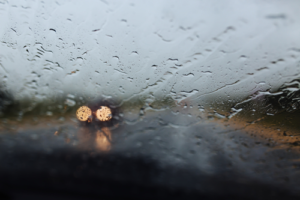
Tips for Driving in Bad Weather
While many of our tips for driving in bad weather are the same (slow down, give yourself more distance and stay alert), certain weather requires certain sets of driving rules.
Tips for Driving in the Rain
You wake up ready to tackle another day, step outside and what do you see? Wet, slick pavement.
Coupled with poor visibility, drivers now have to tackle all the standard rules of the road with less grip on the road. From braking to turning, rain adds a fun element to your commute. So, what are some things you should do when it’s raining or when the pavement is wet?
- Give yourself space. You shouldn’t tailgate in general, but this mainly applies when it is raining. Allow an extra one-to-two seconds of follow-time when the roads are wet.
- Turn the lights on. Actually, it’s probably the law as most states require drivers to turn on their headlights in the rain for extra visibility. However, that doesn’t mean you should turn on your emergency lights. Save those for when sky drops out (and at that point you should probably pull over and wait it out).
- Give yourself time. Slowing down gives you more time to react, which means you are less likely to hydroplane as you don’t have to pull evasive maneuvers. So, when you see rain in the forecast plan to give yourself a few extra minutes to get places.
Driving in the Snow and Ice
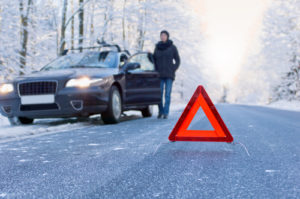 Snow and ice are just frozen rain, so it should come as no surprise that driving in the snow or driving on ice requires the same considerations as driving in the rain.
Snow and ice are just frozen rain, so it should come as no surprise that driving in the snow or driving on ice requires the same considerations as driving in the rain.
When driving in winter weather, be ready for the unexpected. What you thought was a puddle could be ice, what you thought was just fluffy snow could have a layer of ice underneath and even though there was no precipitation the dreaded black ice still exists.
So, what do you need to know about driving in winter weather?
- Be prepared. If you live in a place where it snows frequently, get the right kind of tires and get your car ready for winter. If you don’t usually encounter snow or ice, consider taking a sick day. In fact, in places like Texas and the Southeast, most snow days mean no school and working from home.
- Drive slower and cautiously. The most significant hazard in snow is quick anything — quick braking, aggressive turning, rapid acceleration. Take it slow.
- Turn into the skid. When driving in winter, it feels like sliding is inevitable. This biggest thing is remembering not to panic and jerk the wheel or brake suddenly. When sliding, go with the flow. If you slide left, gently steer towards the left if you slide right, gentle turn the wheel to the right. When the car corrects itself, you’ll end up going straight.
Driving in the Fog
While nothing is falling from the sky and the roads may still be dry, driving in foggy conditions isn’t all the fun. Safely driving means giving staying alert and letting others know where you are.
- Turn on the fog lights. Instead of the usual lights, your fog lights are yellow-tinted which fair better than the white lamps. Whatever you do, don’t turn your high-beams on (the fog reflects them back at you).
- Pump the brakes. Don’t do this excessively, but right before you enter a fog bank give them a light tap. This alerts drivers behind you that something is happening and staying alert.
- Slow down especially at the top of hills or around turns. With low visibility, you won’t see someone stopped or slowed down until it’s too late. So when visibility is already low (like at the crest of a hill or around a corner), give yourself extra reaction time.
Driving in Severe Weather
When in driving in severe weather like tornados, strong winds, hail or hurricanes we have one tip: get off the road.
We understand last-minute evacuations, so at that point, do the best you can safely.
But, if you see a tornado, it’s going to catch you, so it’s best to find a safe place (not under a bridge) and hunker down. With hurricanes and strong winds, find a safe place away from flying debris. And with hail, pull off the road and stay in your vehicle.
Driving in bad weather isn’t on anyone’s to-do list, but it happens. So follow this tips for driving in rain, snow, ice, fog and severe weather. While you may get there a bit later than anticipated, you will get to your destination safely, and that’s what it’s all about.
Wanting tips on how to drive in general? We’ve got you covered (and we as well as all other Houston drivers thank you).
In need of a repair to keep your car road-worthy and bad weather safe? Call Northwest Auto Center of Houston today at 281-894-8880 to schedule an appointment.

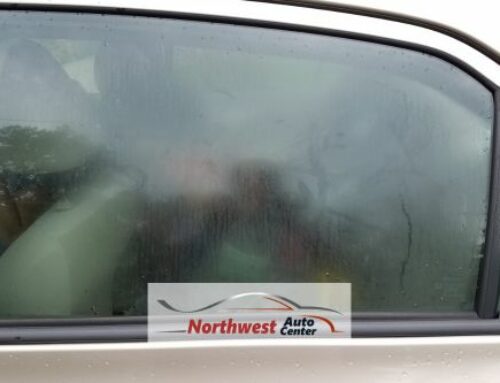

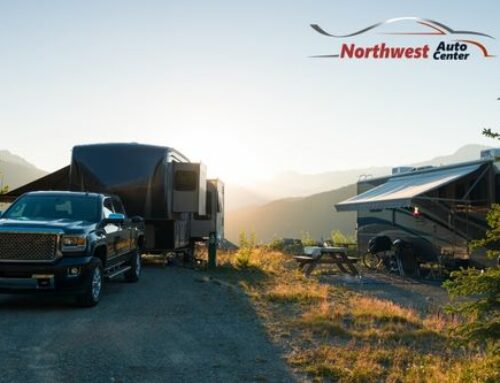
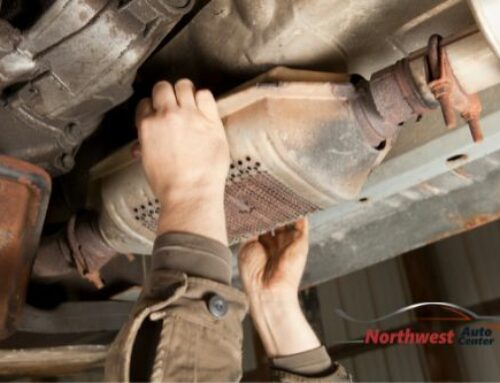
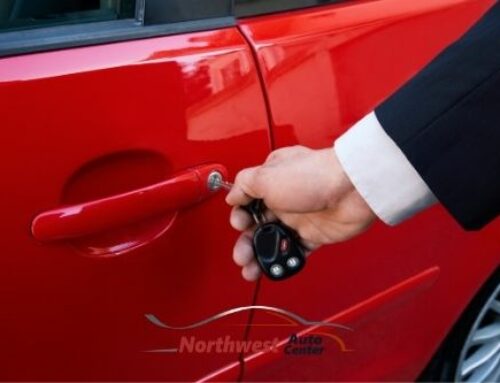
Leave A Comment
You must be logged in to post a comment.